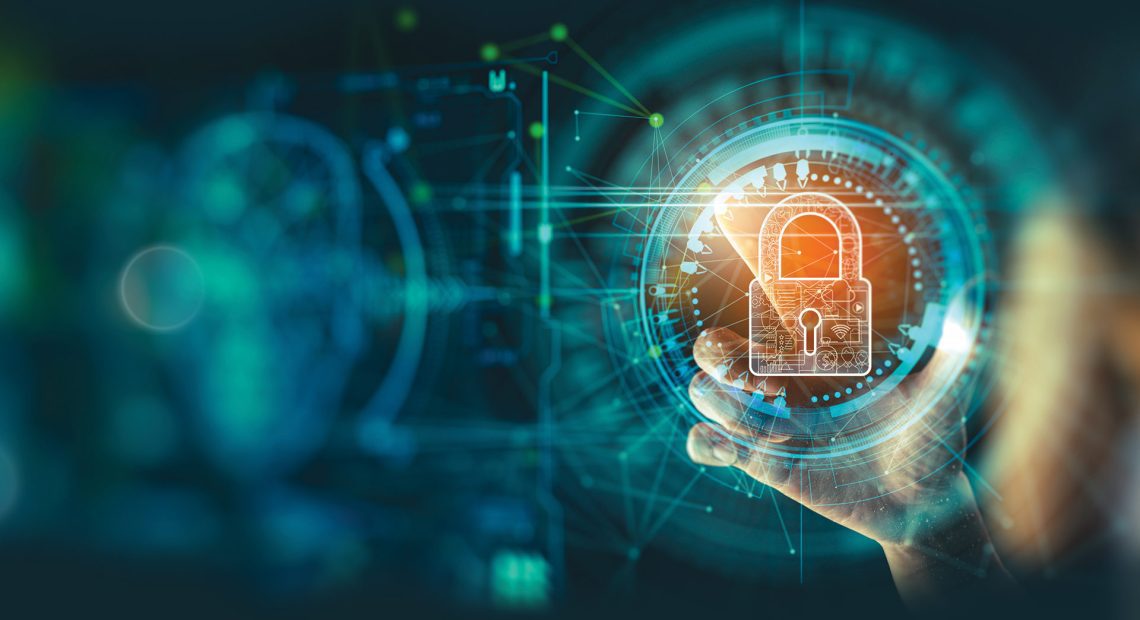
The Importance of Multi-factor Authentication in Cybersecurity
Layers of Protection
By Charlie Christianson
Today’s cyberthreats are constantly evolving, threat actors are increasingly sophisticated, and the risks of having accounts compromised through stolen or hacked passwords are very high.
One of the most effective ways to protect against having an account compromised is by using multi-factor authentication (MFA). MFA is a security process that requires users to provide two or more verification factors to gain access to a resource such as an application, online account, or VPN. By combining multiple forms of verification, MFA significantly reduces the likelihood of unauthorized access. In fact, many cyber insurance providers now require it.
Enhancing Security with Multiple Layers
The key advantage of MFA is that it provides multiple layers of security. Traditional authentication methods, such as passwords, are increasingly vulnerable to attacks. Many people continue to use weak passwords or the same password across many accounts.
Commonly used attack vectors include phishing, brute-force attacks (guessing weak passwords), and credential stuffing (using compromised passwords from one breach to access unrelated accounts) to compromise passwords. MFA addresses these vulnerabilities by requiring additional verification factors that are much harder to steal or replicate. These factors typically include:
• Something You Know. This could be a password, PIN, or an answer to a security question.
• Something You Have. This includes physical devices like a smartphone, security token, or smart card.
• Something You Are. Biometric verification may include fingerprints, facial recognition, or voice recognition.
By combining these factors, MFA ensures that, even if one factor is compromised (like a password), unauthorized access is still unlikely unless the attacker can breach multiple layers or the user is not paying attention and actually allows the access.
Charlie Christianson
“The key advantage of MFA is that it provides multiple layers of security. Traditional authentication methods, such as passwords, are increasingly vulnerable to attacks.”
Mitigating the Risk of Data Breaches
Businesses can be devastated by a data breach through financial losses, reputational damage, and legal implications. Implementing MFA can significantly mitigate the risk of such an event. According to a report by Verizon, compromised credentials are one of the leading causes of data breaches. MFA makes it exponentially more difficult for attackers to use stolen credentials, as they would also need to defeat a second or third layer of authentication.
For instance, if a user’s password is compromised through a phishing attack, the scammer would still need access to the user’s mobile device or biometric data to complete the authentication process. This additional barrier is often enough to deter attackers or prompt them to move on to easier targets.
Compliance with Regulatory Standards
Most industries are subject to regulations that mandate the implementation of MFA. These include General Data Protection Regulation, the Health Insurance Portability and Accountability Act, and the Payment Card Industry Data Security Standard. All emphasize the importance of robust authentication mechanisms. Failure to comply with these standards can result in severe penalties and legal repercussions.
By implementing MFA, organizations will satisfy a major requirement of these regulations and enhance their overall security posture. Strong security practices also enhance customer trust and confidence.
Protecting Remote Workforces
A remote workforce presents several cybersecurity challenges. Employees accessing company resources from multiple locations with various devices increase the attack surface for cybercriminals. MFA is essential to ensure that only authorized individuals can access sensitive information and systems.
Remote access solutions, such as virtual private networks and cloud services, should be protected with MFA to prevent unauthorized access. This is an essential tool in preventing man-in-the-middle attacks and session hijacking, which are more prevalent in remote work environments.
Improving Incident Response and Risk Management
MFA also plays a critical role in improving incident response and risk management. By implementing MFA, organizations can better track and monitor access attempts, allowing them to identify and respond to suspicious activities more quickly. Better visibility aids in earlier detection of failed attempts and helps to mitigate threats before they become major incidents.
MFA helps to reduce the overall risk profile of an organization by minimizing the chances of unauthorized access. This is one of the reasons why cybersecurity insurers are requiring MFA on external accounts, internal administrator accounts, and even domain user log-ins.
If you are renewing your cyber coverages, be sure to read the cyber questionnaires carefully and make sure you are doing what you say you are doing. Cyber insurers will deny claims or even deny coverage altogether if they determine these critical controls are not in place.
Conclusion
In an era where cyberthreats are increasingly sophisticated and pervasive, MFA stands out as a crucial component of any cybersecurity strategy. By requiring multiple forms of verification, MFA significantly enhances security, mitigates the risk of data breaches, ensures compliance with regulatory standards, protects remote workforces, and improves incident response and risk management.
Organizations that prioritize the implementation of MFA can better safeguard their digital assets and maintain the trust of their customers and stakeholders. As cyberthreats continue to evolve, the importance of including an MFA solution as part of your cybersecurity strategy is becoming essential in the fight to secure your digital assets.
Charlie Christianson is president of CMD Technology Group Inc. in East Longmeadow.






